From Candyland, Trends Equally at Home on the Four-Top as in the Quick Stop
Monday, 28 July 2014 14:35
 In the candy and chips aisles, Sriracha is undoubtedly the pepper of the year, as evidenced at the Sweets & Snacks Expo in May. And “free from” claims reign supreme in this industry. A foremost food-trends expert surveys the landscape of cross-over flavor demands between the snack shop and restaurant.
In the candy and chips aisles, Sriracha is undoubtedly the pepper of the year, as evidenced at the Sweets & Snacks Expo in May. And “free from” claims reign supreme in this industry. A foremost food-trends expert surveys the landscape of cross-over flavor demands between the snack shop and restaurant.
By Sharon Olson, courtesy of Olson Communications
It might seem simply a sweet indulgence to attend the annual Sweets & Snacks Expo in Chicago, but there is a refreshing perspective and much to be learned from a show that is centered on candy and snacks. The energy at the 2014 Sweets & Snacks Expo, May 20-22, was a remarkable contrast to the National Restaurant Association Show on the other side of McCormick Place.
Here, business professionals are scurrying around the show with bags of samples and the sparkle of excitement in their eyes at almost every booth. A curated display of couture style made completely of candy wrappers tells the visitor that this show is a world all its own.
This report explores some of the parallel perspectives on the trends seen at the candy show that have relevance to the food business and not just the sweet side of foodservice.

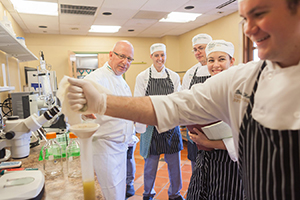 Since graduating in May, alums have already earned esteemed jobs, including at the “world’s best restaurant,” located in Denmark, and the world’s largest privately owned flavor and fragrance developer in Switzerland.
Since graduating in May, alums have already earned esteemed jobs, including at the “world’s best restaurant,” located in Denmark, and the world’s largest privately owned flavor and fragrance developer in Switzerland. While beginning a professional journal can be rewarding on several levels, maintaining a journal requires commitment. Here, Dr. Mayo offers tips and ideas for making the process of recording more valuable over time, as well as less taxing.
While beginning a professional journal can be rewarding on several levels, maintaining a journal requires commitment. Here, Dr. Mayo offers tips and ideas for making the process of recording more valuable over time, as well as less taxing.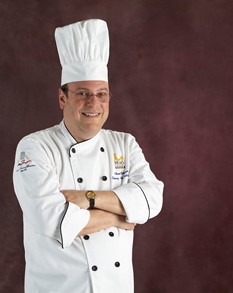 Chef Weiner lists his first 50 articles written for CAFÉ’s “The Gold Medal Classroom,” for the benefit of readers.
Chef Weiner lists his first 50 articles written for CAFÉ’s “The Gold Medal Classroom,” for the benefit of readers.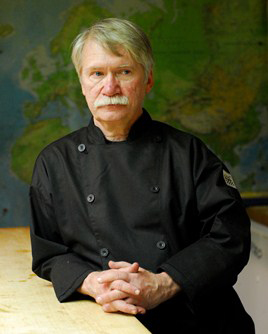 In curriculum development, although enrollment-management departments like to promote courses that concentrate on attractive ancillary skill sets, insufficient dedication to teaching strong foundational abilities will negatively impact student employability and success.
In curriculum development, although enrollment-management departments like to promote courses that concentrate on attractive ancillary skill sets, insufficient dedication to teaching strong foundational abilities will negatively impact student employability and success.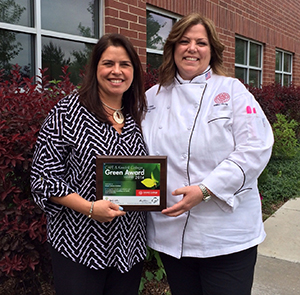 A collegiate culinary-arts program in South Florida earns top honors for exemplary practices in—and innovative teaching of—ecological sustainability.
A collegiate culinary-arts program in South Florida earns top honors for exemplary practices in—and innovative teaching of—ecological sustainability.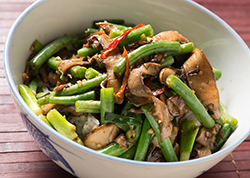 The Culinary Institute of America introduces an online learning experience focusing on the “blendability” of mushrooms at
The Culinary Institute of America introduces an online learning experience focusing on the “blendability” of mushrooms at 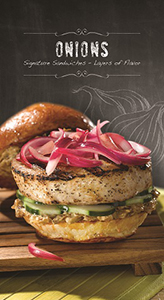 August is National Sandwich Month, and a new series of recipes from the National Onion Association features signature sandwiches with onions. Onions are the most frequently listed vegetables on menus, and one of the most popular uses is on sandwiches.
August is National Sandwich Month, and a new series of recipes from the National Onion Association features signature sandwiches with onions. Onions are the most frequently listed vegetables on menus, and one of the most popular uses is on sandwiches.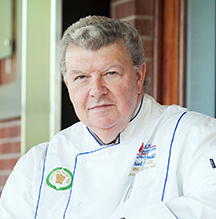 After nearly 12 years with Sullivan University, Chef David Dodd has been named executive director of the National Center for Hospitality Studies (NCHS) at the Louisville-based culinary school. Previously director of NCHS, Dodd will now oversee all food and beverage operations at both Louisville and Lexington campuses as well as all aspects of NCHS including The Bakery at Sullivan University retail and wholesale operations, Juleps Catering and Winston’s Restaurant.
After nearly 12 years with Sullivan University, Chef David Dodd has been named executive director of the National Center for Hospitality Studies (NCHS) at the Louisville-based culinary school. Previously director of NCHS, Dodd will now oversee all food and beverage operations at both Louisville and Lexington campuses as well as all aspects of NCHS including The Bakery at Sullivan University retail and wholesale operations, Juleps Catering and Winston’s Restaurant. It was a familiar sight at the recent 2014 National ProStart Invitational Awards Dinner in Austin as the teams from two Texas high schools waited to hear the results after demonstrating their mastery of restaurant-leadership skills in a fast-paced culinary and restaurant-management competition.
It was a familiar sight at the recent 2014 National ProStart Invitational Awards Dinner in Austin as the teams from two Texas high schools waited to hear the results after demonstrating their mastery of restaurant-leadership skills in a fast-paced culinary and restaurant-management competition.